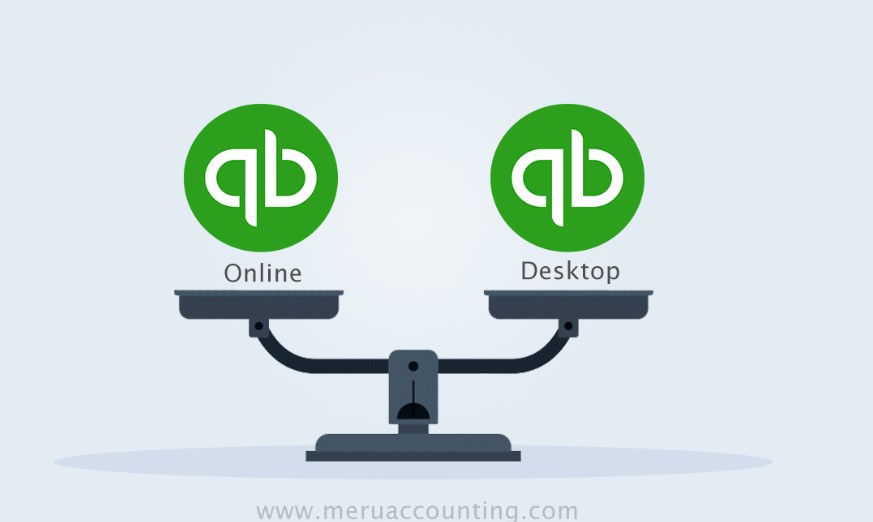As a business owner, you know how important it is to keep your financial records organized and up-to-date. One of the ways to do that is by merging vendors in QuickBooks Desktop. It helps you avoid duplicate entries and streamline your accounting process. But before you go ahead and merge vendors in QuickBooks Desktop, there are some points that you need to remember. In this post, we will guide you through the entire process of merging vendors in QuickBooks Desktop. We will also explain why it’s essential to merge vendors and what benefits it can offer to your business. So, if you want to simplify your accounting process and save time, keep reading!

How to Merge Vendors in QuickBooks Desktop?
Merging vendors in QuickBooks Desktop is a crucial task that requires precision and caution to avoid losing important data or deleting relevant information accidentally. To start with, ensure that you review all vendor names, profiles, and related data thoroughly. Pay special attention to duplicate entries, invoices, past transactions, and charts of accounts. Make use of the latest feature of QuickBooks Desktop Accountant for direct deposit vendors. You can also contact QuickBooks support using their toll-free number for more guidance on how to merge vendors in QuickBooks Desktop without any complications or data loss issues.
Points to Remember Before Merging Vendors
Before merging vendors in QuickBooks Desktop, there are several important considerations to keep in mind. It’s crucial not to merge master vendor records and to update direct deposit information before merging. Always take a backup of your company file and chart of accounts before starting the merging process. Furthermore, it’s essential to review past transactions, invoices or other relevant data associated with any potential duplicate accounts before proceeding with deletion. For small business owners and accountants using QuickBooks Desktop or QuickBooks Online, these merging procedures can help avoid data loss and streamline accounting processes.
Benefits of Merging Vendors in QuickBooks Desktop
Merging vendors in QuickBooks Desktop can be beneficial in numerous ways. By combining multiple profiles into one master vendor profile, it’s possible to streamline and organize your Chart of Accounts while eliminating the possibility of duplicate entries. With direct deposit vendors and invoices saved under one name instead of many, QuickBooks users can save time when reviewing transactions. This essential feature is a must-have for any small business accountant using QuickBooks Desktop or any version of QuickBooks online.
Steps to Merge Vendors in QuickBooks Desktop in 2019
To merge vendors in QuickBooks Desktop successfully, accountants need to take note of a few key steps. To begin with, they should check for any duplicate entries or accounts that could result in data loss. Next, they should identify the master vendor profile and choose the information required to be retained. Afterward, it is essential to merge all relevant data like invoices and past transactions before deleting any irrelevant data or duplicate entries. It’s a straightforward process that can also be used in QuickBooks Online and QuickBooks Desktop Accountant versions without much hassle. For more support related to merging procedures in Quickbooks Desktop applications with direct deposit vendors or chart of accounts merging process contact the toll-free number of Quickbooks support for small business accounting software users.
Merging Vendors in QuickBooks Desktop 2018 and Below
Merging vendors in QuickBooks Desktop 2018 or below requires careful consideration of various factors. Before initiating the merging procedure, QuickBooks users must ensure that they have all relevant data, including vendor names and profiles, chart of accounts, and invoices. It is essential to avoid direct deletions of vendors since this may result in the loss of important information. Further, it is crucial to check for duplicate entries or accounts while undergoing the merging process. Consult with a QuickBooks desktop accountant or use the toll-free number for small business assistance if you encounter any difficulties during the process.
Why do You need to Merge Vendors in QuickBooks Desktop?
Merging vendors in QuickBooks Desktop is necessary to avoid duplicate entries and maintain accurate financial records. It also streamlines the payment process and helps identify any outstanding balances or issues with vendor accounts. Additionally, merging vendors ensures that the relevant data is not lost and saves time spent on manual updates and corrections. It is an essential process for businesses looking to maintain a clean and organized financial system. By following the proper procedures, businesses can ensure that their QuickBooks data is up-to-date and accurate, ultimately leading to better decision-making and financial success.
Conclusion
Merging vendors in QuickBooks Desktop can help you simplify your financial records, improve reporting accuracy, and increase efficiency. However, it is important to understand the process thoroughly before proceeding. Keep in mind that merging vendors cannot be undone, so it is crucial to back up your data before you start. Review our complete guide on how to merge vendors in QuickBooks Desktop for step-by-step instructions and best practices to ensure a seamless experience. With our guide, you can confidently merge vendors and streamline your accounting processes with ease.
Frequently Asked Questions
[faq-schema id=”3541″]

Comments